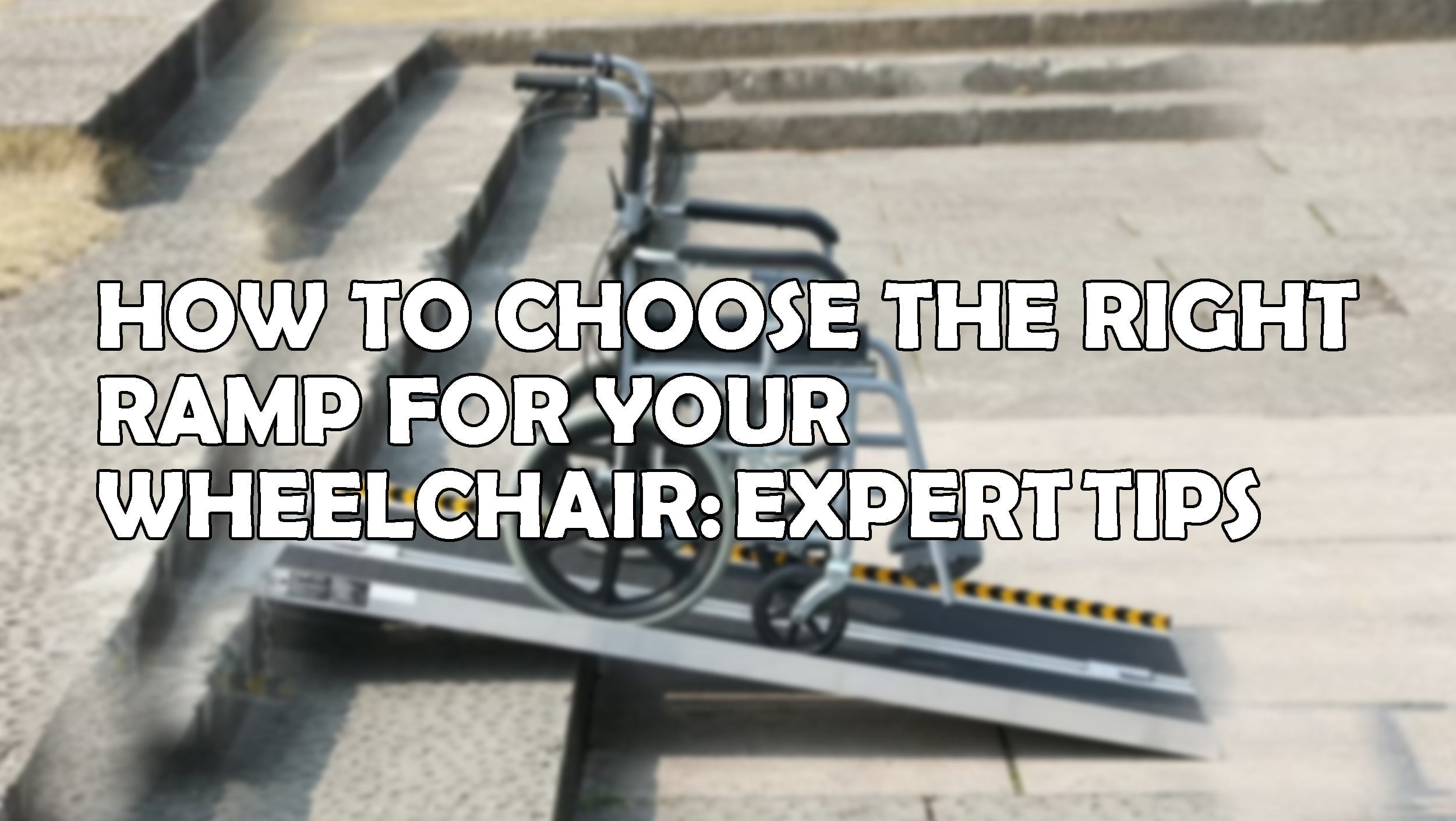Selecting the perfect ramp for wheelchair users is critical for enhancing mobility, safety, and independence. With options ranging from portable wheelchair ramps to permanent installations, understanding key factors like wheelchair ramp slope, cost, and design is essential. This guide offers expert advice to help you prioritize functionality, compliance, and budget while incorporating must-know keywords like wheelchair ramp height, foldable ramp for wheelchair, and wheelchair ramp length.
1. Types of Wheelchair Ramps: Finding the Perfect Fit
Different environments demand specific ramp styles. Here’s a breakdown:
Portable/Mobile Ramps: Lightweight, foldable ramps for wheelchairs (e.g., aluminum or rubber) are ideal for cars, vans, or temporary use.
Modular Ramps: Adjustable, permanent solutions for homes. Great for wheelchair ramp and stairs configurations.
Threshold Ramps: Short, lightweight options for doorways.
Vehicle Ramps: Designed for cars/vans; consider a wheelchair ramp for van with non-slip surfaces.
2. Wheelchair Ramp Slope and Length: ADA Compliance Made Simple
The wheelchair ramp slope is governed by the ADA’s 1:12 ratio (1 inch of rise requires 12 inches of ramp length). For example:
A 24-inch wheelchair ramp height needs a 24-foot wheelchair ramp length.
Steeper slopes risk safety, while longer ramps require more space. Use a wheelchair ramp slope calculator for precision.

3. Material Matters: Durability Meets Budget
Aluminum: Lightweight, rust-proof, and ideal for movable ramp for wheelchair setups.
Concrete: Permanent, low-maintenance solution for homes.
Rubber: Affordable, portable, but less durable.
4. Installation Tips: DIY or Professional?
DIY Kits: Suitable for ramp for wheelchair access in homes; follow slope guidelines meticulously.
Professional Help: Recommended for complex setups, like integrating a wheelchair ramp and stairs.
5. Home vs. Vehicle Ramps: Tailoring Your Choice
Wheel Chair Ramp for Home: Opt for modular or concrete ramps for stability. Ensure compliance with wheelchair ramp access standards.
Wheel Chair Ramp for Car/Van: Choose foldable, lightweight options like a foldable ramp for wheelchair that stores easily.
FAQ
Q: What’s the ideal wheelchair ramp slope?
A: A 1:12 ratio (1 inch rise per 12 inches length).
Q: Can I install a ramp over the stairs?
A: Yes! Use modular ramps or a wheelchair ramp and stairs hybrid design.
Q: Are portable ramps durable?
A: Aluminum mobile ramps for wheelchairs offer strength and portability.
Conclusion
Choosing the right ramp for wheelchair users involves balancing slope, material, cost, and use case. Whether you need a long ramp for wheelchair home access or a foldable ramp for wheelchair travel, prioritizing safety and compliance ensures lasting value. Ready to enhance mobility? Use these tips to make an informed choice!








 Chat with Us
Chat with Us
